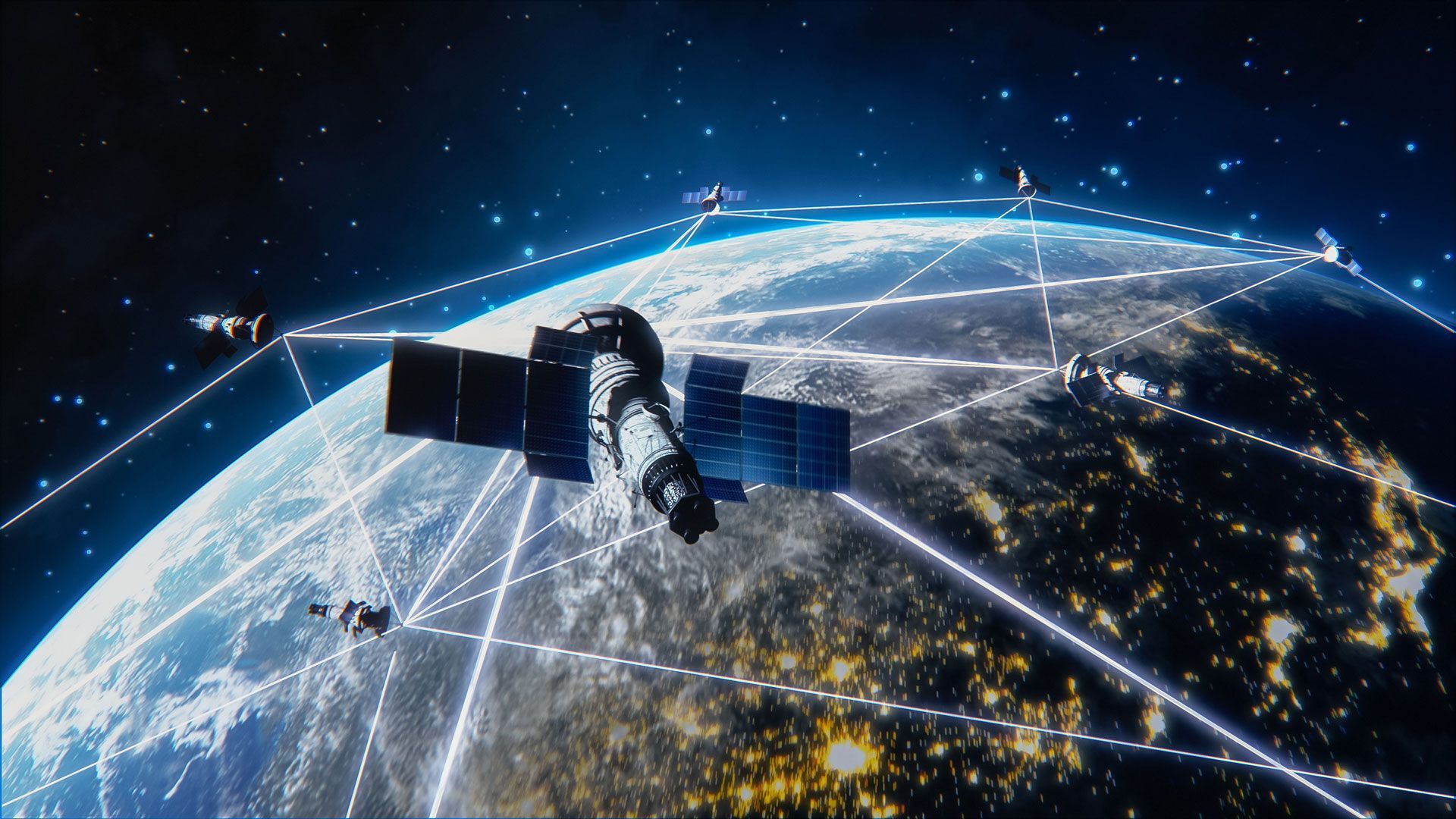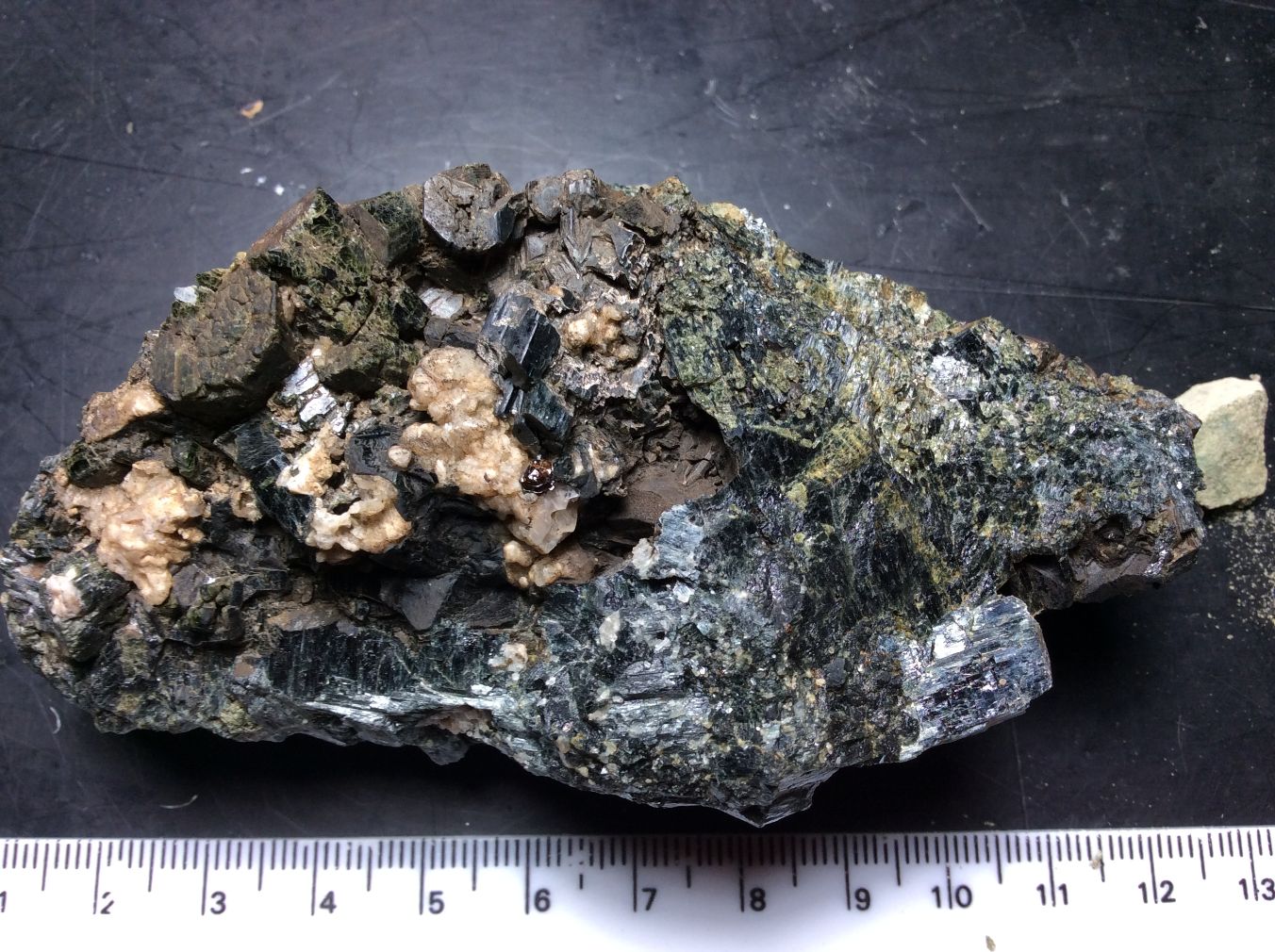
Satellites have transformed our world in ways we often take for granted. From enabling global communication to providing critical data for weather forecasting, these marvels orbiting above us play a vital role in modern life. Did you know the first artificial satellite, Sputnik 1, launched in 1957, ignited the Space Race? Today, thousands of satellites serve various purposes, including navigation, scientific research, and military operations. They orbit Earth in different paths, such as Low Earth Orbit (LEO) and Geostationary Orbit (GEO), each serving unique functions. Whether aiding disaster response or monitoring climate change, satellites are indispensable tools shaping our future.
Key Takeaways:
- Satellites come in different types and orbits, serving purposes from communication to weather monitoring. They play a vital role in international cooperation and have a significant economic impact.
- From aiding in navigation and communication to monitoring climate change, satellites are essential for various scientific, military, and environmental applications. They also contribute to space exploration and the development of advanced technologies like 5G networks and quantum computing.
What is a Satellite?
Satellites are fascinating objects that orbit celestial bodies. They come in various forms and serve multiple purposes. Let's dive into some intriguing facts about these marvels of modern technology.
-
A satellite is an object that orbits a celestial body, such as Earth, the Moon, or other planets. They can be natural, like the Moon, or artificial, like the thousands of man-made objects in orbit around Earth.
-
The first artificial satellite, Sputnik 1, was launched by the Soviet Union on October 4, 1957. This event marked the beginning of the space age and sparked the Space Race between the United States and the Soviet Union.
Different Types of Satellites
Satellites serve a variety of purposes, from communication to scientific research. Here are some of the main types:
-
Communication satellites are used for transmitting data and voice communications over long distances. They make it possible for us to watch live broadcasts from around the world.
-
Navigation satellites, like GPS satellites, provide location information to users. They help us find our way whether we're driving, hiking, or even flying.
-
Weather satellites help in monitoring weather patterns and predicting natural disasters. They provide crucial data for meteorologists to forecast the weather.
-
Scientific satellites are used for conducting experiments and gathering data about space and celestial bodies. They help scientists understand more about our universe.
-
Military satellites are used for operations such as surveillance and communication. They play a vital role in national security.
Orbits and Launch Vehicles
Satellites can be placed in various orbits around Earth, each serving different purposes. The vehicles that launch them are equally important.
-
Low Earth Orbit (LEO) satellites orbit the Earth at an altitude of less than 2,000 kilometers. They are often used for imaging and reconnaissance.
-
Medium Earth Orbit (MEO) satellites orbit the Earth at an altitude between 2,000 and 36,000 kilometers. These are typically used for navigation systems like GPS.
-
Geostationary Orbit (GEO) satellites orbit the Earth at an altitude of approximately 36,000 kilometers. They maintain a fixed position relative to a point on Earth, making them ideal for communication.
-
Launch vehicles like the SpaceX Falcon 9, Ariane 5, and Russian Soyuz rocket are used to place satellites into orbit. These rockets are engineering marvels in their own right.
Deployment and Lifespan
How satellites are deployed and their lifespan can vary widely depending on their mission and design.
-
Single launches involve sending one satellite into orbit on a single rocket. This method is often used for large, expensive satellites.
-
Rideshare launches involve multiple satellites sharing a single rocket to reduce costs. This method is becoming increasingly popular.
-
Satellite constellations involve launching large numbers of satellites to provide comprehensive coverage. Examples include SpaceX's Starlink for global internet.
-
Communication satellites can last for 15 years or more. Their longevity depends on their design and the harsh conditions of space.
-
Navigation satellites typically last for 10-15 years. They require regular maintenance to stay functional.
-
Weather satellites often have shorter lifespans due to the harsh conditions in space. They need to be replaced more frequently.
Maintenance and Deorbiting
Maintaining satellites is crucial for their continued operation, and deorbiting them responsibly is equally important.
-
Regular software updates ensure that satellites remain functional. These updates can fix bugs and improve performance.
-
Periodic orbit adjustments help maintain a satellite's position. This is especially important for geostationary satellites.
-
Replacing faulty components can extend a satellite's lifespan. This is often done through robotic servicing missions.
-
Deorbiting involves controlled re-entry into Earth's atmosphere where the satellite burns up. This prevents space debris.
-
Space debris poses risks to operational satellites and future space missions. Efforts are being made to mitigate this issue through responsible satellite design and disposal practices.
International Cooperation and Economic Impact
Satellites have facilitated international cooperation and have a substantial economic impact.
-
International cooperation in fields like climate monitoring, disaster response, and scientific research is made possible by satellite technology. Countries often share satellite data for mutual benefit.
-
The satellite industry generates billions of dollars annually. Services like telecommunications, navigation, and remote sensing contribute significantly to the global economy.
Environmental and Disaster Monitoring
Satellites play a crucial role in monitoring the environment and aiding in disaster response.
-
Environmental monitoring involves tracking climate change indicators such as sea level rise, deforestation, and ocean health. Satellites provide invaluable data for these studies.
-
Satellites aid in disaster response by providing critical information during emergencies like hurricanes, earthquakes, and wildfires. They help coordinate rescue and relief efforts.
Navigation and Communication
Satellites are essential for modern navigation and communication systems.
-
Navigation systems like GPS rely on a network of satellites orbiting Earth. They provide accurate location information to users worldwide.
-
Communication networks rely on satellites for transmitting data across long distances. This is especially important in areas where terrestrial infrastructure is lacking.
Weather Forecasting and Scientific Research
Weather forecasting and scientific research benefit immensely from satellite data.
-
Weather forecasting relies heavily on satellite data to predict weather patterns and track natural disasters. Satellites provide real-time data that meteorologists use to make accurate forecasts.
-
Scientific research uses satellites to study celestial bodies, observe cosmic phenomena, and conduct experiments in microgravity environments. This research expands our understanding of the universe.
Military Operations and Telecommunications
Satellites play a vital role in military operations and telecommunications.
-
Military operations utilize satellites for communication, surveillance, and navigation. They provide critical support for defense strategies.
-
Telecommunications rely on satellites for providing internet access in remote areas. This helps bridge the digital divide.
Remote Sensing and Earth Observation
Remote sensing and Earth observation are key applications of satellite technology.
-
Remote sensing involves using satellite data to gather information about Earth's surface features. This includes land use patterns, soil moisture levels, and crop health.
-
Earth observation involves using satellite data to monitor Earth's environment. This includes tracking deforestation rates and ocean health indicators like ocean acidification levels.
Agricultural Monitoring and Climate Change Studies
Satellites are invaluable tools for agricultural monitoring and climate change studies.
-
Agricultural monitoring uses satellite data to track crop health. This helps farmers make informed decisions about planting schedules and fertilization practices.
-
Climate change studies rely heavily on satellite data. This helps scientists track indicators such as sea level rise rates and ice sheet melting patterns.
Astronomical Observations and Space Exploration
Satellites are essential for astronomical observations and space exploration.
-
Astronomical observations involve using satellites as platforms for conducting research. This includes studying distant galaxies or observing supernovae events.
-
Space exploration involves sending manned missions into space using launch vehicles like SpaceX's Starship. This could potentially lead to establishing lunar bases or Mars colonies.
Lunar and Mars Missions
Exploring the Moon and Mars involves both manned and unmanned missions.
-
Lunar missions aim at exploring the Moon's surface. This includes manned missions like the Apollo program and unmanned missions like China's Chang'e series.
-
Mars exploration involves sending robotic missions like NASA's Curiosity rover. These missions aim at searching for signs of past life on Mars.
International Space Station (ISS) and Private Space Companies
The ISS and private space companies are revolutionizing space exploration.
-
The International Space Station (ISS) is a collaborative project between multiple space agencies. It aims at conducting scientific experiments in microgravity environments.
-
Private space companies like SpaceX and Blue Origin are revolutionizing the space industry. They offer reusable launch vehicles, significantly reducing costs associated with launching payloads into orbit.
Reusability and Satellite Constellations
Reusability and satellite constellations are key trends in the space industry.
-
Reusability has become a key factor in driving down costs associated with launching payloads into space. This makes space more accessible than ever before.
-
Satellite constellations involve launching large numbers of satellites into orbit. This provides comprehensive coverage over the entire globe, enabling services such as global internet connectivity.
5G Networks and Quantum Computing
Satellites are playing a role in the development of 5G networks and quantum computing.
-
5G networks are increasingly relying on satellites to provide high-speed internet connectivity. This is especially important in areas where traditional infrastructure is lacking.
-
Quantum computing applications involve using satellite-based quantum communication systems. This enables secure data transmission over long distances without being intercepted by third parties.
Artificial Intelligence and Cybersecurity
Artificial intelligence and cybersecurity are becoming integral to satellite operations.
-
Artificial intelligence integration into satellite systems enables real-time data processing and decision-making capabilities. This enhances the overall efficiency of operations.
-
Cybersecurity measures are crucial when dealing with sensitive information transmitted via satellite networks. This ensures that data remains secure from potential cyber threats.
Regulatory Frameworks and Environmental Impact
Regulatory frameworks and environmental impact assessments are essential for responsible satellite operations.
-
Regulatory frameworks governing satellite operations vary widely depending on jurisdiction. They generally aim at ensuring safe operation while minimizing environmental impact.
-
Environmental impact assessments are conducted before launching any new satellite mission. This ensures that operations do not harm Earth's environment or contribute to the space debris problem.
The Legacy of Satellites
Satellites have come a long way since Sputnik 1. They've transformed how we communicate, navigate, and understand our world and beyond. From communication satellites enabling global connectivity to weather satellites predicting natural disasters, their impact is undeniable. Scientific satellites have expanded our knowledge of the universe, while military satellites ensure national security. The rise of private space companies and reusable launch vehicles promises even more advancements. However, challenges like space debris and sustainability remain. As technology evolves, satellites will continue to play a crucial role in shaping our future. Their legacy is one of innovation, cooperation, and discovery, driving humanity forward into new frontiers. Whether it's monitoring climate change, aiding in disaster response, or exploring distant planets, satellites are indispensable tools that will keep pushing the boundaries of what's possible.
Frequently Asked Questions
Was this page helpful?
Our commitment to delivering trustworthy and engaging content is at the heart of what we do. Each fact on our site is contributed by real users like you, bringing a wealth of diverse insights and information. To ensure the highest standards of accuracy and reliability, our dedicated editors meticulously review each submission. This process guarantees that the facts we share are not only fascinating but also credible. Trust in our commitment to quality and authenticity as you explore and learn with us.


